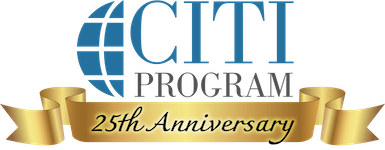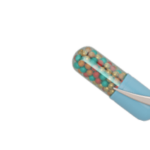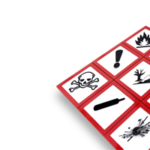Overview
In today’s food landscape, transparency and safety go hand-in-hand. With increasing consumer awareness and regulatory expectations, having accessible, up-to-date information about chemical contaminants in food is vital. To support this need, the U.S. Food and Drug Administration (FDA) has launched the Chemical Contaminants Transparency Tool—a centralized, searchable resource designed to consolidate and simplify access to contaminant level information across the food industry.
What Is the Chemical Contaminants Transparency Tool?
The FDA has historically published tolerances and advisory levels for harmful chemical substances in various guidance documents and parts of the 21 Code of Federal Regulations (CFR). However, locating and interpreting this information often required cross-referencing multiple sources.
To streamline this process, the FDA created the Chemical Contaminants Transparency Tool—a digital hub aggregating information from existing regulations and guidance into a user-friendly interface. This tool helps industry stakeholders, public health professionals, and researchers quickly identify the acceptable levels of various contaminants in human food.
Types of Contaminant Levels Included
The tool provides details on several types of contaminant levels, including:
- Tolerances and Action Levels (defined in 21 CFR parts 109 and 509)
- Guidance Levels
- Derived Intervention Levels
- Recommended Maximum Levels
- Advisory Levels
While some of these values are enforceable regulatory limits, others serve as recommendations to guide best practices and reduce avoidable contamination through Good Manufacturing Practices (GMPs).
What’s Covered—and What’s Not
The database includes contaminants from the following major categories:
- Toxic Elements
- Mycotoxins
- Persistent Pesticides
- Radionuclides
- Other Chemical Contaminants
It is worth noting that persistent pesticides, which may still be present in food due to environmental residue, are listed for human and animal food. This inclusion reflects that these action levels were established without specifying an intended consumer.
However, the tool does not include all contaminant levels. For example:
- Bottled water standards – Covered under 21 CFR 165.110.
- Marine biotoxins in fish and seafood – Addressed in the FDA’s Fish and Fishery Products Hazards and Controls Guidance.
These exclusions are due to different regulatory scopes and frameworks.
How to Use the Tool
The FDA designed the transparency tool with usability in mind. Key features include:
- Contaminant Filtering: Users can filter by contaminant type for a more focused search.
- Search Functionality: The search bar can locate specific terms or contaminant-commodity pairs. Advanced search options allow for exact phrase matching.
- Interactive Navigation: Sort columns, jump between pages, or view individual records in detail.
- Reference Links: Each record links to the full guidance document or regulation to provide context and application details.<
- Download Capability: The entire database is available for download in Excel format, making it ideal for offline analysis or integration into internal compliance systems.
Keeping Current with the Latest Information
As of the most recent update on March 20, 2025, the FDA emphasizes that it is the responsibility of users to stay current on changes to contaminant levels. Users can subscribe to the FDA’s email alert service for newly issued guidance documents via the Search for FDA Guidance Documents page to support this.
Why This Tool Matters
The Chemical Contaminants Transparency Tool is more than a regulatory reference for the food industry. It is a practical asset for food safety management. By making contaminant data easier to find and interpret, the tool empowers manufacturers to make better-informed decisions, proactively manage risk, and uphold consumer trust.
Whether you’re ensuring compliance with federal limits or reviewing best practices for ingredient safety, this tool supports a more transparent and modern approach to chemical safety in our food system.
Explore the Tool








